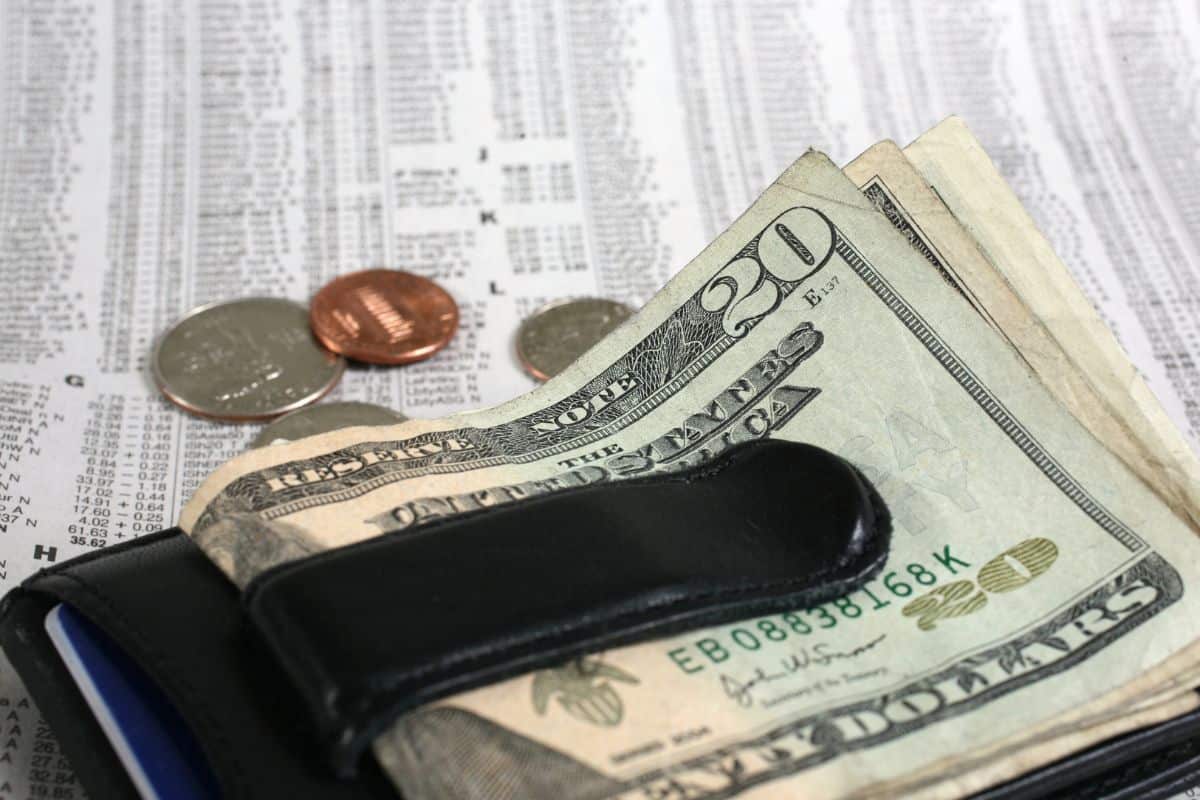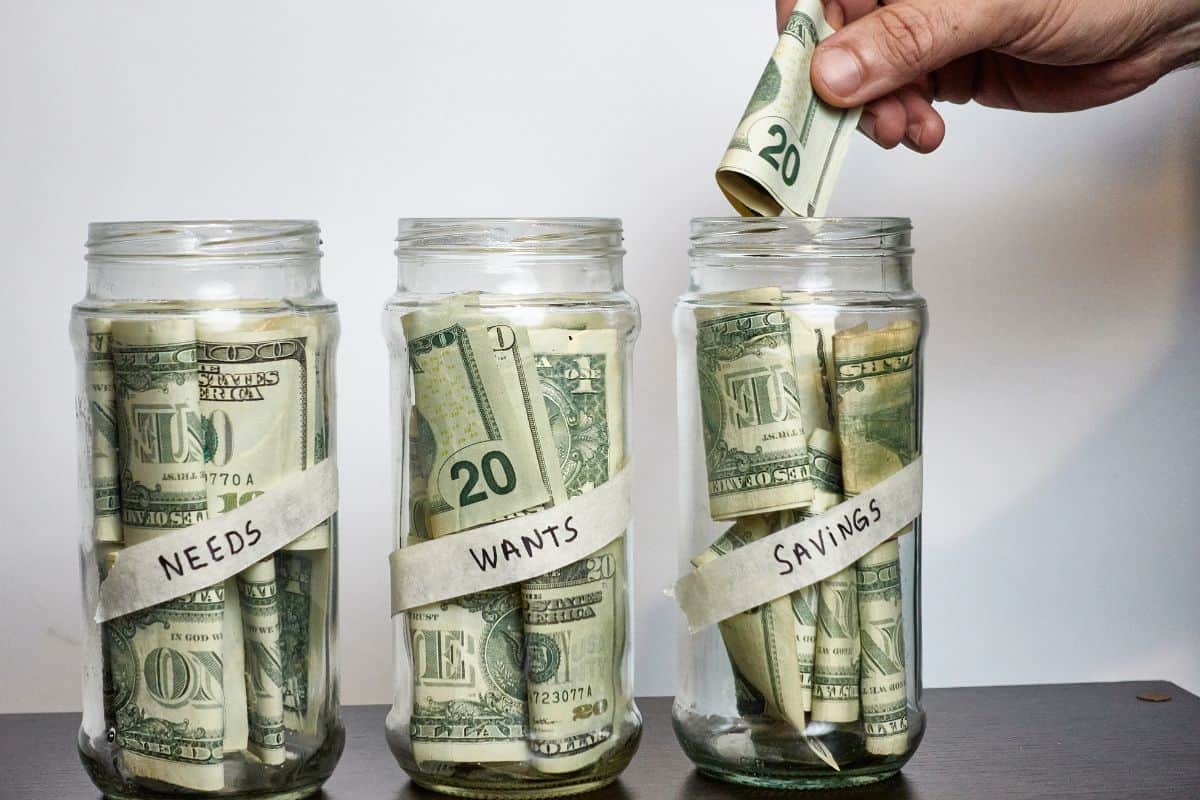Sticking to a strict budget can make you feel like you’re never able to treat yourself. While avoiding unnecessary spending is a great way to save money, it can be hard to avoid impulse buying non-essential items and stay on top of your money.
Luckily, the 30-day savings rule is here to help!
This savings strategy is a way to avoid unnecessary purchases by deferring them until a later date, and can make a big difference to how much you’re spending (for an alternative savings rule, check out our guide to the 70/30 rule).
This guide will take you through what the 30-day savings rule is, how it works, and why it’s a great way to save your money without having to sacrifice every luxury in the process!
So let’s get started, shall we?
So What Exactly Is The 30-Day Savings Rule?
First things first – what actually is the 30-day savings rule? Essentially, it’s a saving strategy that involves prioritizing essential purchases while deferring non-essential spending in order to help you manage your money more effectively.
The 30-day savings rule says that any money that you’re spending on non-essential purchases or impulse buys should instead be put into a savings account for 30 days.
Any time you get the urge to spend money on something you don’t need, transfer the cost of it to your savings and hold it there for a month.
The idea here is that waiting a 30-day period before buying unnecessary things gives you the chance to consider whether or not you actually want to spend your money on these non-essential items, preventing you from blowing all of your money on impulse buys that you don’t actually want.
This strategy helps you to keep better track of your spending and avoid excessive unnecessary purchases.
By putting your money aside for a month before buying non-essential things, you’ll be able to stay on top of your money and ensure that you always have some money to fall back on if need be.
Using the 30-day rule is different from other saving strategies because it doesn’t totally restrict your spending and force you to live frugally.
Instead, it simply defers unnecessary spending to a later date when you can properly weigh up the benefits of buying non-essential items and make an informed decision on how to use your money.
You’re not depriving yourself of any and all luxuries – you just have more time to save up and spend your money wisely!
Why Is The 30-Day Rule Useful?
So now that you know a bit more about what the 30-day savings rule is, let’s take a look at how useful it is in practice.
One of the biggest benefits of the 30-day rule is that it keeps you from blowing all your money in a short period of time.
If you’re prone to impulse buying things that you don’t really need, then waiting for 30 days before committing to a purchase gives you time to think about what non-essential items you actually want.
This is great for preventing that post-payday shopping spree that leaves you struggling until you next get paid.

The 30-day savings rule also helps you manage your essential spending more easily, as these expenses are given a priority.
Bills, essential groceries, and rent are all far more important than picking up a new game or ordering a takeout, so prioritizing essentials first makes sure that all your necessary expenses are taken care of without any worries.
As mentioned earlier, using this strategy also gives you a bit of a financial safety net if something goes wrong.
Sometimes you have to deal with the unexpected, and making sure that you have some money set aside for emergencies will make sure you’re not left in the lurch from spending all your money on luxuries.
Because of this, the 30-day rule works best if you also stick to a budget for essential purchases (for an alternative budget rule, check out our guide to the 50/20/30 rule).
Sorting out everything that needs to be paid in advance and planning your necessary spending gives you more room to work with the rest of your money until your next payday!
Essential VS Non-Essential Purchases: How To Know Which Is Which
Okay – we’ve covered what the 30-day rule is and why it’s useful. But how do you tell the difference between essential and non-essential spending?
This is fairly self-explanatory for the most part, but without proper distinction between the two it can be easy to slip into bad spending habits.
As the name suggests, essential spending refers to expenses that are absolutely necessary. This includes things like rent or mortgage payments, utility bills, and transport for work/school.
Groceries are also essential; however, this only covers things that you actually need. Getting food and other groceries are definitely necessary, but something like a case of beer definitely isn’t an essential expense.
Meanwhile, non-essential purchases are things that you can really live without.
Luxuries like eating out, clothes and shoes (aside from items that you need), games, and other similar things aren’t something that you need to live, so you should use the 30-day rule when it comes to things like these.
What makes the 30-day savings rule great is that you don’t have to completely cut off all non-essential spending – after all, that would be miserable!
You can still treat yourself from time to time, but deferring unnecessary purchases and weighing up needs vs wants is a great way to save yourself some money and cut down on impulse spending.
Final Thoughts
Sticking to the 30-day savings rule can be tricky at first (especially if you’re an impulsive spender), but once you’re used to figuring out what purchases are necessary and which ones are worth waiting for, it will become much easier to stick within your means and save up some money on the side.
The 30-day rule is only one type of savings strategy, but it’s a great way to avoid impulse buying things you don’t need and stay on top of your finances while also being able to treat yourself occasionally.
So give the 30-day rule a try for yourself, and you’ll see how much money you can save just by being a bit more patient with your spending!


